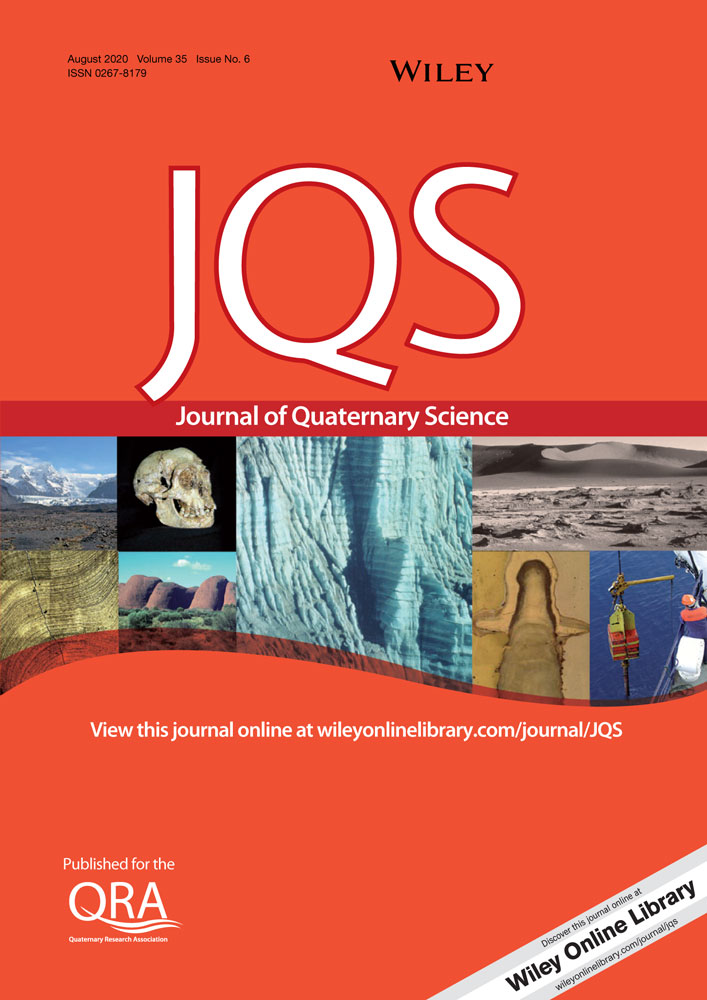Bulletin of the Irkutsk State University (Geoarchaeology, Ethnology, and Anthropology Series) 2021
Morphological Analysis of the Bone Serrated Points from Early Neolithic Complexes of Shamanka 2 Burial Ground [in Russian]
Bazaliiskii VI, Tyutrin AA, Weber AW
An analysis of the bone serrated points from the burial complexes of Shamanka 2 burial ground is presented. The origin of the collection makes it “ritual”, which may explain the large number of undamaged items. Several spikes have been broken intentionally at the time of their interment. Supposedly, several points have been specifically made for interment. In accordance with the morphological analysis, we have identified two groups of serrated spikes: (I) detachable tools and (II) non-detachable tools. Differences [...]






